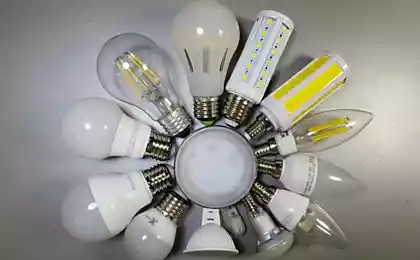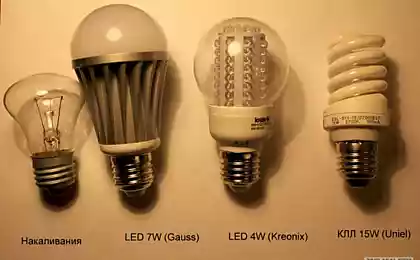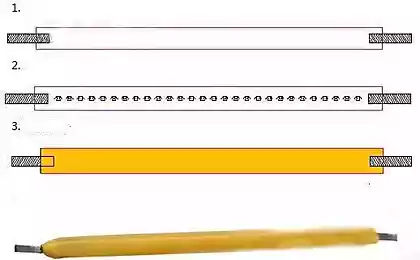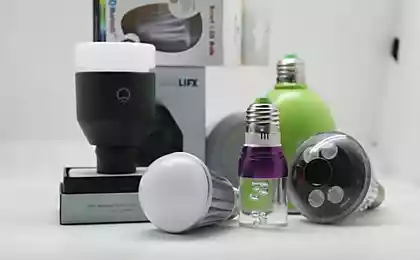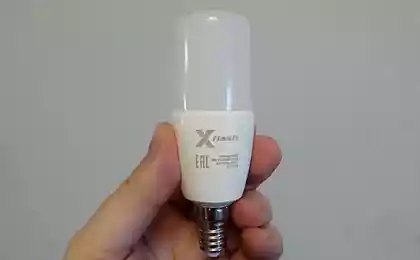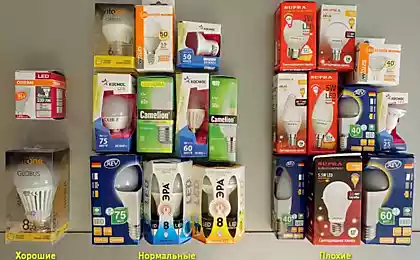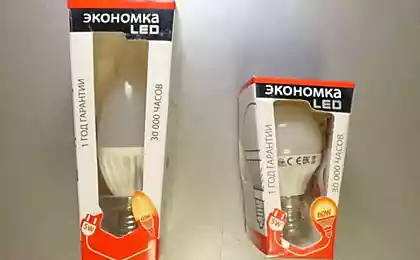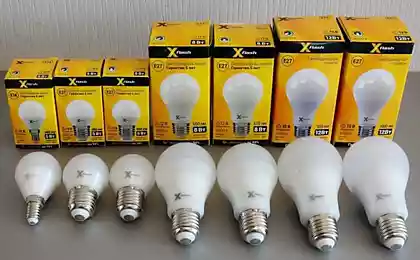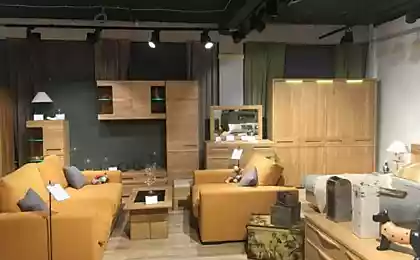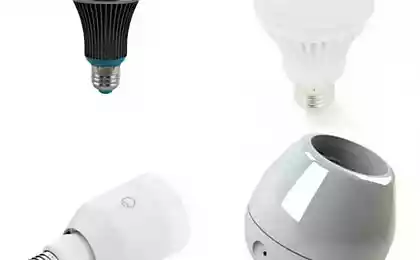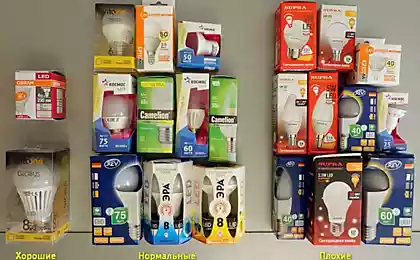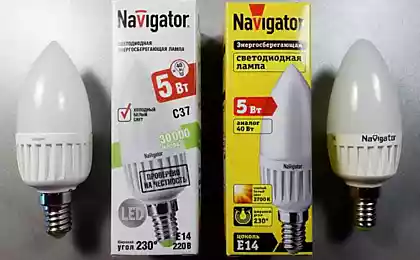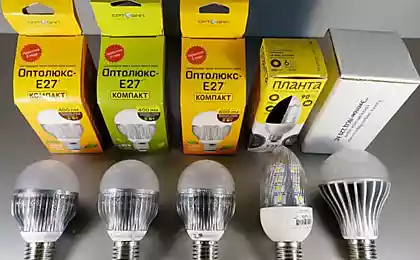511
Supercheap led lamps Feron: test results
There is great interest in cheap led lamps Feron, which are sold retail for 114-149 rubles. For testing were purchased 6 lamps.
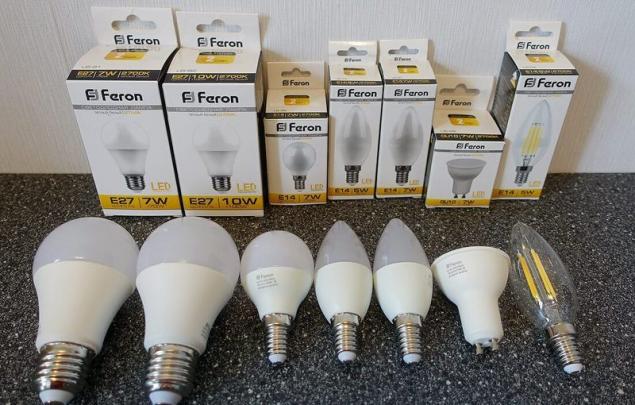
I tried to cover a range of lamps, so ordered at the official online store Feron a pair of "pears", a few "candles", G45 bulb, spot filament GU10 and candle.
The lamp which I brought, made recently: all lamps, except the filament of the candle, is the date 06.16 the candle — 10.15.
Will start with the results of my measurements obtained with instruments Viso LightSpion, UPRtek MR350D and Robiton PM2.

The main conclusion that can be drawn from the results of measurements, all the lamps have Feron DIFFERENT. Some color rendering index is quite decent, the rest is in district 75 and they should not be used in living rooms.
I am glad that six of the seven tested lamps are no ripples of light and only one bulb, it is 27%, which is also in the normal range.
Brightness and power are all traditional for cheap brands. Luminous flux and power, on average, 75-80% of the declared. This means that buying these lamps, you need to take them with a substantial margin of luminous flux. If the lamp says "7W 560 Lumens equivalent to 70 watt" you need to clearly understand that in reality it will be 5 W, 450 LM, and from the power of 50 watts equivalent.
When the filament "candle" with four threads write "5W 530 LM", you can almost be certain that the real power there is not above 4 watts (standard thread has a nominal power of 1 W), a luminous flux of not higher than 400 LM.
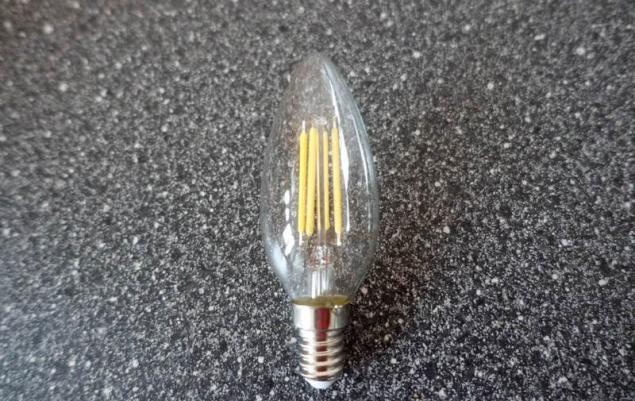
In this case, the power was 3.55 W, and luminous flux of 350 LM. This corresponds to the equivalent 40-watt incandescent bulbs. Surprisingly, the manufacturer has specified this value equivalent to 40 watts, while significantly overstating the light output and wattage.
The manufacturer specifies for all lamps the warranty period of 2 years.
Is it worth buying a cheap lamp Feron? The unequivocal answer to this question I have.
On the one hand, there are good and very cheap lamp: for example, "pear" LB-92 only costs 149 rubles, has decent color rendering index (CRI=81.5), no pulsing lights, working with switches with indicator and with the stock replaces a 60 watt incandescent bulb (though I promised the replacement of 100-watt), and the "ball" LB-95 for 144 of the ruble is even more CRI=83.4, he also has no pulse, he successfully replace 40-watt incandescent bulb (promised 70 W)really with on / off switch with indicator light, it does not work correctly (slightly lit when the switch is off).
On the other hand, four of the seven tested lamps have a low CRI and to use them in residential premises better is not worth it. And what bulbs are good and which are not very not guess: for example, a good LB-92 and not a very good LB-91 look exactly the same.
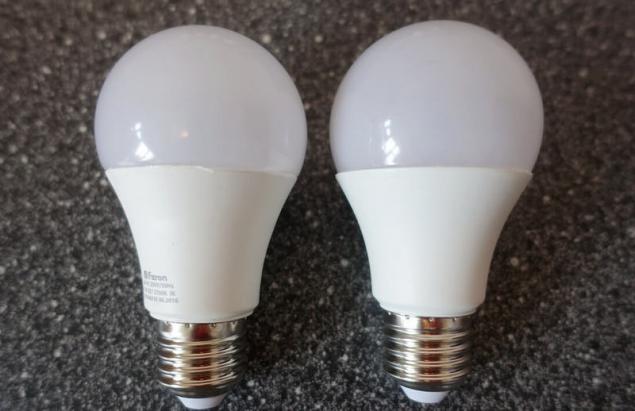
The impression that the manufacturer orders a lamp in Chinese factories arbitrarily without prior testing, and not particularly paying attention to the parameters, so in this "lottery" any lamp could be good or bad. For example, the same "bulb" with G45 E27 base, and E14 may not be low CRI, and perhaps with high. Lottery.

Even with this approach there is a danger that the lamp with the same names from the other parties released in the past can be completely different.
Buy lamps Feron or not, you decide. But of course a good bulb that replaces 60-watt incandescent lamp for 149 rubles — it is very very cheap. published
Source: geektimes.ru/company/lamptest/blog/279400/

I tried to cover a range of lamps, so ordered at the official online store Feron a pair of "pears", a few "candles", G45 bulb, spot filament GU10 and candle.
The lamp which I brought, made recently: all lamps, except the filament of the candle, is the date 06.16 the candle — 10.15.
Will start with the results of my measurements obtained with instruments Viso LightSpion, UPRtek MR350D and Robiton PM2.

The main conclusion that can be drawn from the results of measurements, all the lamps have Feron DIFFERENT. Some color rendering index is quite decent, the rest is in district 75 and they should not be used in living rooms.
I am glad that six of the seven tested lamps are no ripples of light and only one bulb, it is 27%, which is also in the normal range.
Brightness and power are all traditional for cheap brands. Luminous flux and power, on average, 75-80% of the declared. This means that buying these lamps, you need to take them with a substantial margin of luminous flux. If the lamp says "7W 560 Lumens equivalent to 70 watt" you need to clearly understand that in reality it will be 5 W, 450 LM, and from the power of 50 watts equivalent.
When the filament "candle" with four threads write "5W 530 LM", you can almost be certain that the real power there is not above 4 watts (standard thread has a nominal power of 1 W), a luminous flux of not higher than 400 LM.

In this case, the power was 3.55 W, and luminous flux of 350 LM. This corresponds to the equivalent 40-watt incandescent bulbs. Surprisingly, the manufacturer has specified this value equivalent to 40 watts, while significantly overstating the light output and wattage.
The manufacturer specifies for all lamps the warranty period of 2 years.
Is it worth buying a cheap lamp Feron? The unequivocal answer to this question I have.
On the one hand, there are good and very cheap lamp: for example, "pear" LB-92 only costs 149 rubles, has decent color rendering index (CRI=81.5), no pulsing lights, working with switches with indicator and with the stock replaces a 60 watt incandescent bulb (though I promised the replacement of 100-watt), and the "ball" LB-95 for 144 of the ruble is even more CRI=83.4, he also has no pulse, he successfully replace 40-watt incandescent bulb (promised 70 W)really with on / off switch with indicator light, it does not work correctly (slightly lit when the switch is off).
On the other hand, four of the seven tested lamps have a low CRI and to use them in residential premises better is not worth it. And what bulbs are good and which are not very not guess: for example, a good LB-92 and not a very good LB-91 look exactly the same.

The impression that the manufacturer orders a lamp in Chinese factories arbitrarily without prior testing, and not particularly paying attention to the parameters, so in this "lottery" any lamp could be good or bad. For example, the same "bulb" with G45 E27 base, and E14 may not be low CRI, and perhaps with high. Lottery.

Even with this approach there is a danger that the lamp with the same names from the other parties released in the past can be completely different.
Buy lamps Feron or not, you decide. But of course a good bulb that replaces 60-watt incandescent lamp for 149 rubles — it is very very cheap. published
Source: geektimes.ru/company/lamptest/blog/279400/
How to choose the right brick for masonry stoves
16-year-old schoolgirl developed the superpolimer to combat drought
